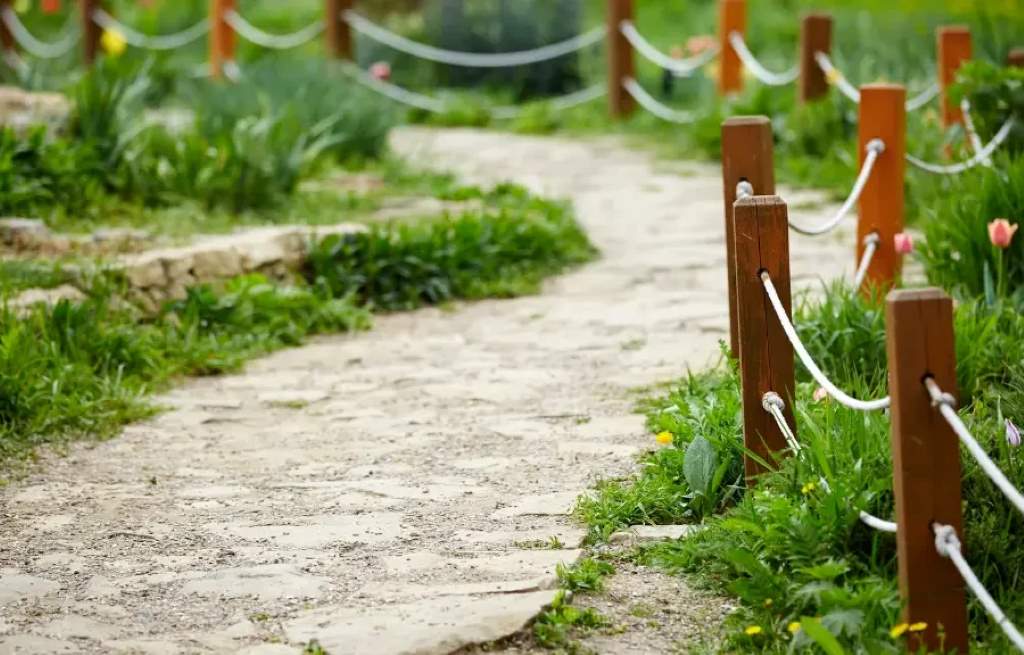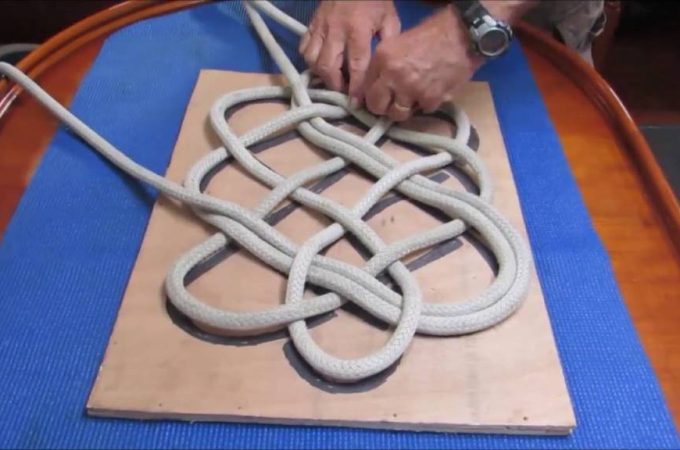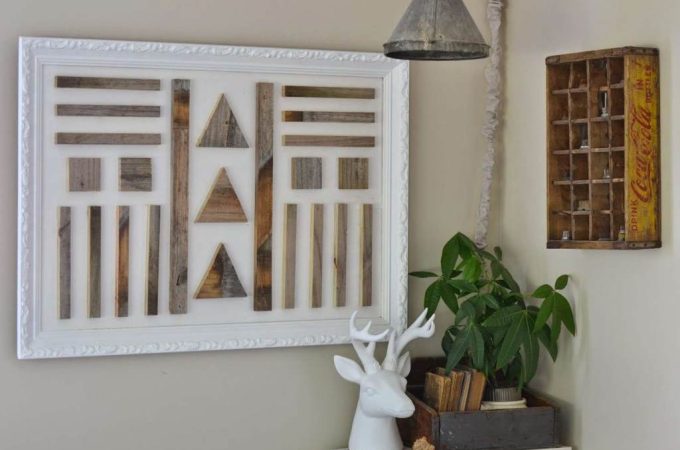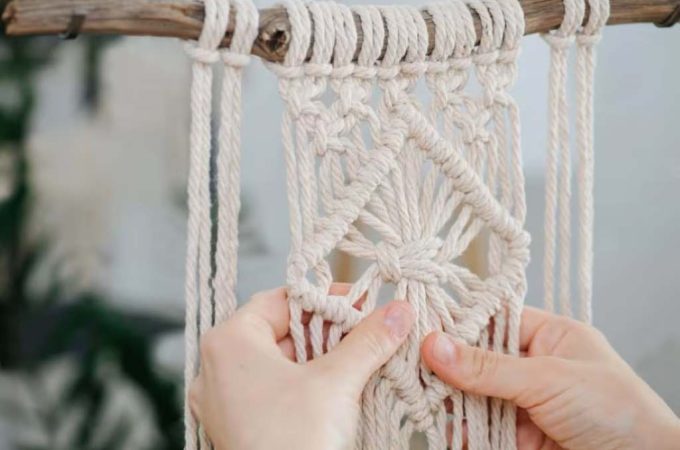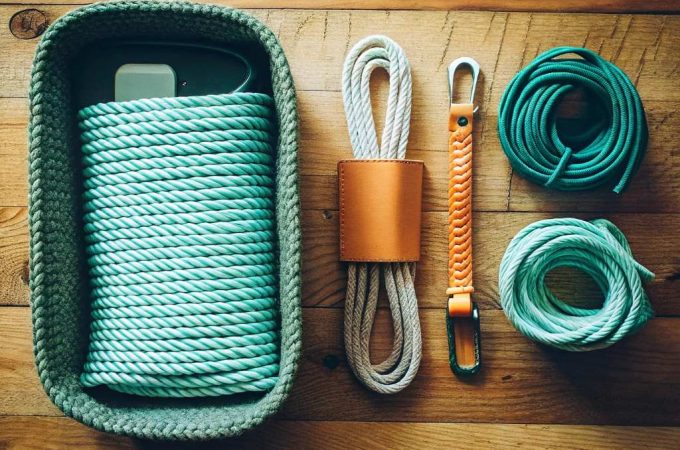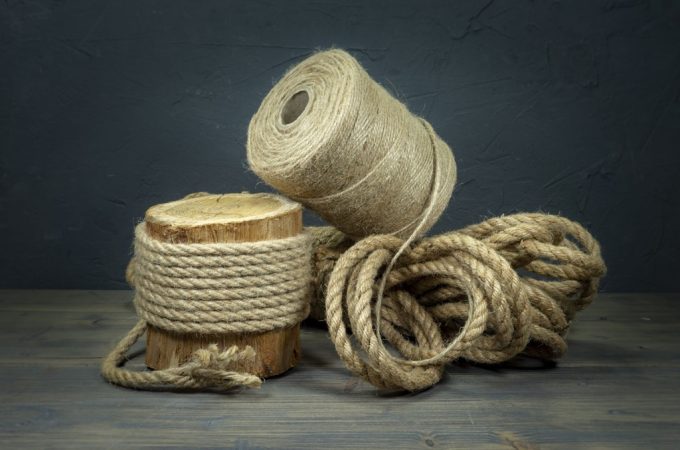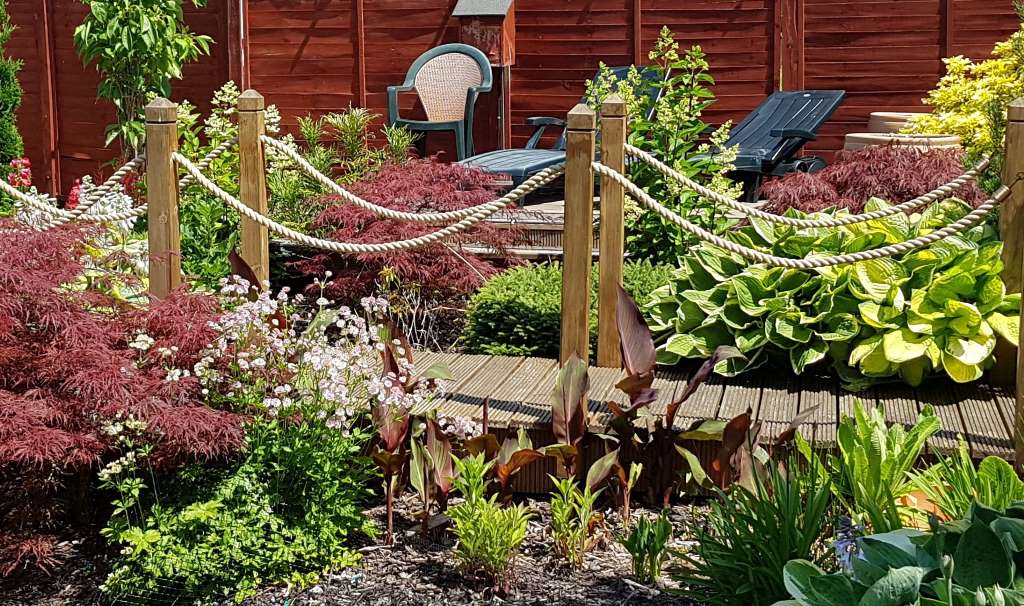
How to Choose the Right Decorative Rope for Outdoor Spaces
Selecting the right decorative rope for outdoor spaces can elevate your patio, garden, or deck. It adds charm and functionality, creating inviting areas for relaxation or entertainment. However, choosing the perfect rope involves more than picking a color or style. You need to consider durability, weather resistance, and design to ensure it lasts. This guide will help you navigate these factors, offering practical tips to make informed decisions. Whether you’re crafting a nautical-themed deck or a cozy backyard retreat, the right decorative rope enhances both aesthetics and utility. Let’s explore how to choose the right decorative rope for outdoor spaces with confidence.
Contents at a Glance
ToggleWhy Decorative Rope Matters for Outdoor Spaces
Decorative ropes aren’t just stylish; they serve practical purposes in outdoor spaces. They can define boundaries, secure furniture, or add a thematic touch, like a coastal vibe. For example, ropes can create stunning railings or hang swings, blending form and function. According to a 2023 study by the Outdoor Industry Association, 60% of homeowners prioritize durable materials for outdoor decor. Therefore, choosing a rope that withstands weather is key.
Additionally, ropes add texture and visual appeal, making spaces feel curated. When I redesigned my patio, a thick jute rope railing transformed the area, earning compliments from guests. However, picking the wrong material led to fading within months. Thus, understanding your options ensures longevity and beauty in your outdoor setup.
Key Factors to Consider When Choosing Decorative Rope
Material Durability and Weather Resistance
The material of your decorative rope determines its lifespan in outdoor spaces. Common options include nylon, polyester, manila, and jute. Nylon and polyester are synthetic, offering excellent resistance to UV rays and moisture. According to a 2024 report by the American Society for Testing and Materials, synthetic ropes last up to 5 years longer than natural ones in harsh weather. Therefore, they’re ideal for rainy or sunny climates.
On the other hand, natural ropes like manila or jute add a rustic charm but degrade faster. My neighbor’s jute rope swing frayed after one summer of rain exposure. Thus, assess your local weather before deciding. For humid areas, prioritize synthetic options. Always check for UV-resistant coatings to ensure durability.
Rope Thickness and Strength
Rope thickness impacts both aesthetics and functionality. Thicker ropes, like 1-inch nylon, provide strength for heavy-duty uses, such as securing pergolas. Thinner ropes, around 0.5 inches, suit delicate accents like plant hangers. The Rope Manufacturers Association notes that ropes with a tensile strength above 1,000 pounds are best for structural applications. Therefore, match thickness to purpose.
For instance, I used a 0.75-inch polyester rope to create a garden trellis, balancing style and support. However, thinner ropes may sag under weight, so test their load capacity. Always consider the visual weight too—thicker ropes make bold statements, while thinner ones blend subtly into designs. Choose based on your project’s needs.
Aesthetic Appeal and Style Compatibility
Decorative ropes should complement your outdoor space’s theme. Nautical designs pair well with white or navy nylon ropes, while bohemian spaces suit natural jute. Consider color, texture, and braiding style. For example, twisted ropes offer a classic look, while braided ones feel modern. A 2023 Houzz survey found that 70% of homeowners prioritize cohesive outdoor aesthetics.
When I chose a white braided rope for my coastal-themed deck, it tied the space together beautifully. However, ensure the color resists fading. Test samples in sunlight if possible. Additionally, mix textures carefully—too many patterns can overwhelm. Align your rope choice with your space’s vibe for a polished look.
Types of Decorative Ropes for Outdoor Use
Synthetic Ropes: Nylon and Polyester
Synthetic ropes, like nylon and polyester, are top choices for outdoor spaces due to their durability. Nylon is strong and slightly elastic, perfect for dynamic loads like swings. Polyester resists stretching and UV damage, ideal for static decor like railings. Both handle moisture well, preventing mold. A 2024 study by the Cordage Institute found that polyester ropes retain 90% strength after two years of sun exposure.
I used polyester ropes for my garden fence, and they’ve held up through storms without fraying. However, nylon can feel slippery, so consider grip for handrails. Both are low-maintenance, making them practical for busy homeowners. Choose synthetic ropes for long-lasting, weather-resistant decor.
Natural Ropes: Manila and Jute
Natural ropes like manila and jute bring warmth and texture to outdoor spaces. Manila, made from hemp, is strong and suits rustic or tropical themes. Jute is softer, ideal for decorative knots or plant hangers. However, both absorb water, leading to rot without proper treatment. The Outdoor Industry Association reports that untreated natural ropes last only 1–2 years outdoors.
I learned this the hard way when my jute rope decor molded after a wet season. Therefore, apply a weatherproof sealant for longevity. These ropes suit sheltered areas like covered patios. If you love their organic look, balance aesthetics with maintenance to keep them vibrant.
Specialty Ropes: Cotton and Polypropylene
Specialty ropes like cotton and polypropylene offer unique benefits. Cotton is soft and pliable, great for decorative knots or indoor-outdoor transitions. However, it’s prone to mildew outdoors. Polypropylene, a lightweight synthetic, resists water and floats, making it ideal for poolside decor. The Cordage Institute notes that polypropylene withstands chlorine exposure better than nylon.
I used polypropylene for a poolside rope barrier, and its bright colors stayed vibrant. However, cotton ropes I tried faded quickly. Thus, reserve cotton for low-moisture areas and polypropylene for wet environments. Always weigh their specific strengths against your project’s demands for the best results.
How to Match Decorative Rope to Your Outdoor Space
Assessing Your Outdoor Environment
Your outdoor environment dictates rope choice. Coastal areas with salty air need corrosion-resistant ropes like polyester. Dry, sunny regions demand UV-resistant options to prevent fading. Check your local climate data—high humidity calls for synthetic ropes, while sheltered spaces can handle natural ones. The National Weather Service suggests checking annual rainfall and UV index for material decisions.
When I moved to a humid area, my manila rope decor deteriorated fast. Switching to nylon solved the issue. Therefore, study your space’s exposure to sun, rain, or wind. Test ropes in small sections before committing. This ensures your decorative rope withstands environmental challenges while looking great.
Aligning with Design Goals
Your rope should enhance your outdoor space’s purpose. For functional uses, like securing furniture, prioritize strength with thick nylon ropes. For decorative accents, like wrapping planters, choose thinner, colorful ropes. A 2023 Better Homes & Gardens survey found that 65% of homeowners value multi-purpose outdoor decor. Thus, blend utility with style.
I created a rope-wrapped table base for my patio, combining aesthetics and stability. However, mismatched colors clashed with my decor. Therefore, sketch your design plan first. Consider how the rope’s texture and color align with existing elements. This creates a cohesive, inviting outdoor space that reflects your vision.
Maintenance Tips for Long-Lasting Decorative Ropes
Regular Cleaning and Inspection
To keep decorative ropes vibrant, clean them regularly. Synthetic ropes like nylon can be hosed down with mild soap. Natural ropes need gentle brushing to avoid fraying. Inspect for wear, especially at stress points like knots. The Rope Manufacturers Association recommends monthly checks to catch damage early. This extends rope life significantly.
I neglected my patio ropes for a season, and fraying weakened them. Now, I rinse them monthly, and they look new. Additionally, store loose ropes during harsh winters to prevent cracking. Consistent care ensures your decorative rope for outdoor spaces remains functional and attractive for years.
Protective Treatments and Storage
Applying protective treatments boosts rope durability. UV-resistant sprays for synthetic ropes and sealants for natural ones prevent fading and rot. Reapply every 6 months for best results. When not in use, store ropes in a dry, shaded area. The Cordage Institute suggests coiling ropes loosely to avoid kinks.
I started sealing my jute ropes annually, and they’ve lasted longer than expected. However, improper storage once caused mold. Therefore, invest in breathable storage bags for off-season protection. These steps keep your decorative ropes ready for use, maintaining their charm in any outdoor space.
Where to Buy Quality Decorative Ropes
Quality matters when selecting decorative ropes. Reputable suppliers ensure durability and style. Online retailers like West Marine offer marine-grade ropes ideal for outdoor use. For natural ropes, Rope and Cord provides treated options. Local hardware stores may stock budget-friendly choices, but check specifications.
I sourced my polyester ropes from West Marine, and their quality impressed me. However, avoid generic retailers with unlisted material details. Compare tensile strength and weather resistance before buying. Visiting a store to feel the rope’s texture can also guide your choice. Always prioritize trusted sources for lasting results.
Conclusion
Choosing the right decorative rope for outdoor spaces transforms your patio or garden into a stylish, functional haven. By considering material, thickness, and style, you ensure durability and beauty. Synthetic ropes like nylon excel in harsh weather, while natural options like jute add rustic charm. Regular maintenance and smart purchases from trusted suppliers, like West Marine, guarantee longevity. My own patio makeover taught me the value of matching ropes to climate and design goals. Follow these tips to create an inviting outdoor space that lasts. Share your rope decor ideas in the comments or spread this guide to inspire others!
FAQs
What is the most durable decorative rope for outdoor spaces?
Synthetic ropes like nylon and polyester are the most durable, resisting UV rays and moisture effectively.
Can natural ropes be used outdoors?
Yes, but manila and jute need sealants and sheltered placement to prevent rot and last longer.
How do I clean decorative ropes?
Hose synthetic ropes with mild soap; gently brush natural ropes. Inspect monthly for wear.
What rope thickness is best for outdoor decor?
Choose 1-inch ropes for structural uses and 0.5-inch ropes for delicate accents like plant hangers.
Where can I buy quality decorative ropes?
Trusted retailers like West Marine and Rope and Cord offer durable, weather-resistant decorative ropes.

